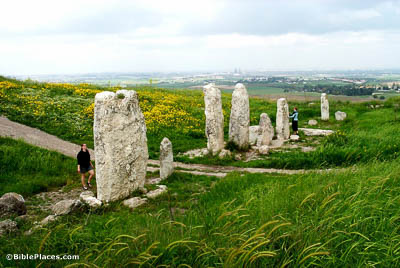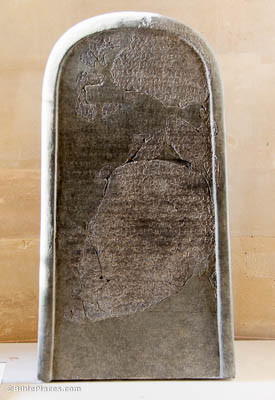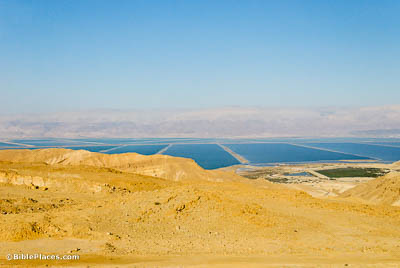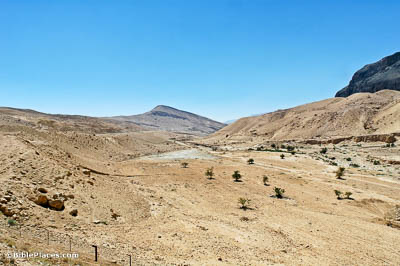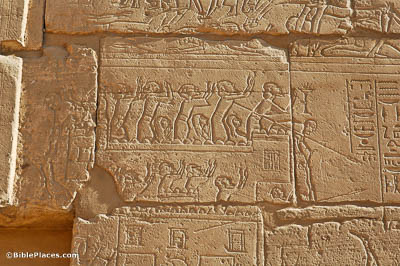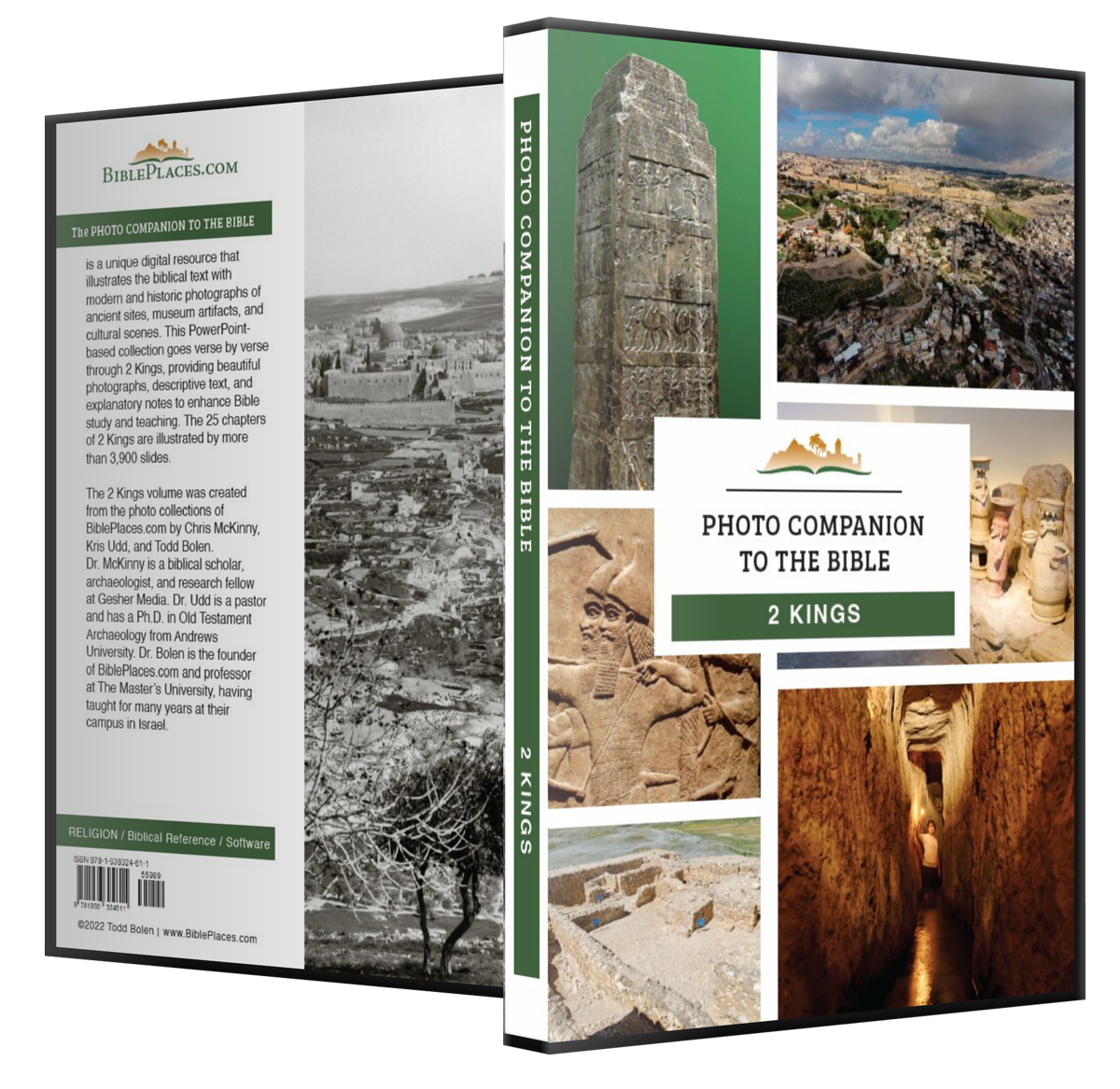And he did evil in the sight of Yahweh, though not like his father and mother, for he put away the pillar of Baal that his father had made (2 Kings 3:2).
The word “pillar” (Heb. matsebah) is usually considered to be an unhewn stone set up as a memorial or to honor a deity. The location of the pillar taken down by Jehoram is not given; one might expect it to have been in Samaria itself, or perhaps at one of the major cult centers like Dan or Bethel (cf. 1 Kgs 12:28-29). The massive standing stones in this photo are from an earlier period but illustrate the kind of object that is likely to have been taken down by Jehoram.
